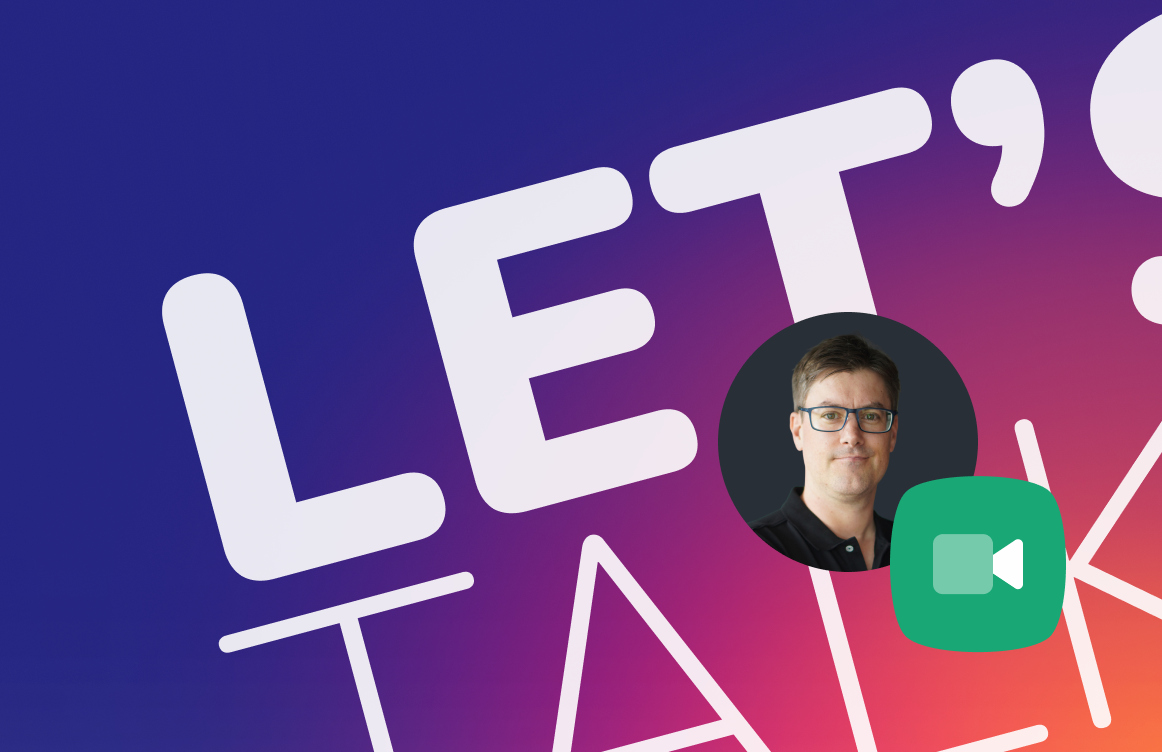
The global upheavals of 2020 will be felt profoundly in the digital marketing landscape of 2021. Brands face a whole new terrain of consumer behaviour, reshaped by leaps forward in technology and mass social movements.
It’s practically cliche, but “everything is different now,” and digital marketers and their clients had better set their sails for changing seas. Here are ten digital marketing trends to look for in 2021 …
#1 Focus on the “Featured Snippet” in Google SERPs
Appearing as high up as possible on relevant Google searches has long been the “Holy Grail” of SEO.
Different SERP results have acted as vehicles, from the Map Pack to the “Shopping” results to featured YouTube videos, all the while competing with more and more sponsored content as Google has showered favour on its paying customers.
There’s a new kid on the block, though—a “featured snippet” of highlighted text, which Google uses to attempt to answer the user’s question, without the user clicking on anything.
This presents a problem for digital marketers, of course—if users can get answers without clicking on anything, how do you put the brand message in front of them?
The challenge is to rank for the “featured snippet,” providing just enough information to peak interest and get the user to click for more context.
#2 Customer Segmentation
Customer segmentation is not new, but we expect it to achieve new heights in 2021.
Big tech companies like Google and Facebook have so much data stored on their users, they understand them on a deeper level than a human brain ever could.
Manual segmentation is becoming obsolete. From 100 or so engagements, the big digital ad algorithms can micro-segment the perfect audience.
The goal is, of course, more engagement and customer retention, leading to lower ad costs and higher customer lifetime value.
#3 Automated Bidding for Google Ads
Automated bidding on Google Ads debuted in 2016, but we expect it to come into its own in 2021.
2020 may be the last year that digital marketers manually tweak their Google ads for optimal performance. Automated bidding can tweak and optimise the ad better than any human digital marketer.
Will this make digital marketers obsolete? Not if it frees them up to devote time and effort to other channels of digital marketing—not just the advertising nitty gritty but the overall brand awareness, which is much harder to automate.
#4 Shoppable Posts on Social Media
One of the big digital marketing stories of 2020 was the study by SproutSocial that revealed 46% of Instagram users purchased one or more products that were put in front of them in a sponsored IG post.
We expect social media platforms to explode as a channel for eCommerce sales, with easier and easier Integrations to allow users to complete their purchase without leaving the app.
Could businesses sell exclusively on a social media portal? It remains to be seen … but someone is bound to try!
#5 SEO for Voice Search
Voice search is the next frontier of SEO. More and more users prefer to talk into their search bars instead of type, whether they use voice-activated AI assistants on their desktops or use their smartphones like walkie-talkies.
SEO experts are discovering that voice searches yield different results than text searches. We expect 2021 to kick off a Gold Rush to crack the code of SEO for voice search to capture more of that organic market share.
#6 SEO for Image Search
Thanks to Google Lens—Google’s groundbreaking image-recognition AI algorithm—search engine marketing is moving out of the domain of words and into the domain of pictures and videos.
Google Reverse-Image Search was just the beginning. Users can now enter images into Google to obtain a variety of contexts.
They could snap a picture of a plant and enter the image as a search to find out whether the plant is poisonous. Or they could upload a friend’s Instagram image and geo-target that glorious “fear-of-missing-out”-inducing snap to its exact location.
Image-searching represents another stream of traffic for digital marketers to hack into and insert their client brands into.
#7 Ad-Blocker Arms Race
A whopping 27% of Internet users are expected to have adopted ad-blockers by 2021, cutting off a significant source of revenue for many digital marketing experts and their clients. This won’t affect everyone or every traffic stream, but enough digital marketers will feel the pinch that we expect to see a game of high-stakes chess kick off.
We all know how arms races work. Marketers will find ways to circumvent the ad blockers … so the ad blocker developers will improve their products and plug the holes … just in time for marketers to find new weaknesses to exploit. Forget being a hacker … if you like foiling security and sticking it to the man, become a digital marketer in 2021.
#8 Non-Linear Customer Journeys
With more and more commerce happening online, customers expect to interact with their brands holistically—sometimes buying, sometimes checking in on social media, sometimes buying immediately, other times waiting a week to buy.
We expect 2021 to usher in a decreased focus on the linear customer journey, which frog-marches prospects through a guided process of Awareness-Consideration-Decision, and an increased focus on a diffuse constellation of touchpoints that make a brand ubiquitous in the customer’s everyday life.
#9 The Age of the Ephemeral
Snapchat pioneered the idea of “ephemeral” content—content that only lasts for a set period of time (usually 24 hours) before disappearing into the ether. Snapchat users alone create 1 million Snaps per day. Other social media platforms noticed the popularity of Snaps and responded with analogs like Instagram Stories and Facebook’s MyDay.
In 2021, digital marketers will get creative to tap into the consumer attention devoured by ephemeral content. The structural disadvantage of ephemeral content is that it can’t be reused, making it harder to automate. But with so many eyeballs on ephemeral content, it can’t be ignored.
#10 “Values” Messaging
The social turmoil of 2020 brings public awareness to the fore. Battle lines have been drawn, and consumers want to know where the companies they patronise stand—on politics, on racial and gender identity issues, on traditional values.
Rather than trying to straddle the line and please everybody, we expect to see companies take sides in hopes of polarising their audience into rabid fans. Yes, they will get some rabid detractors … but in the error of Twitter boycotts, the safer bet for brands may be to wear their values on their sleeves and find their tribe.


